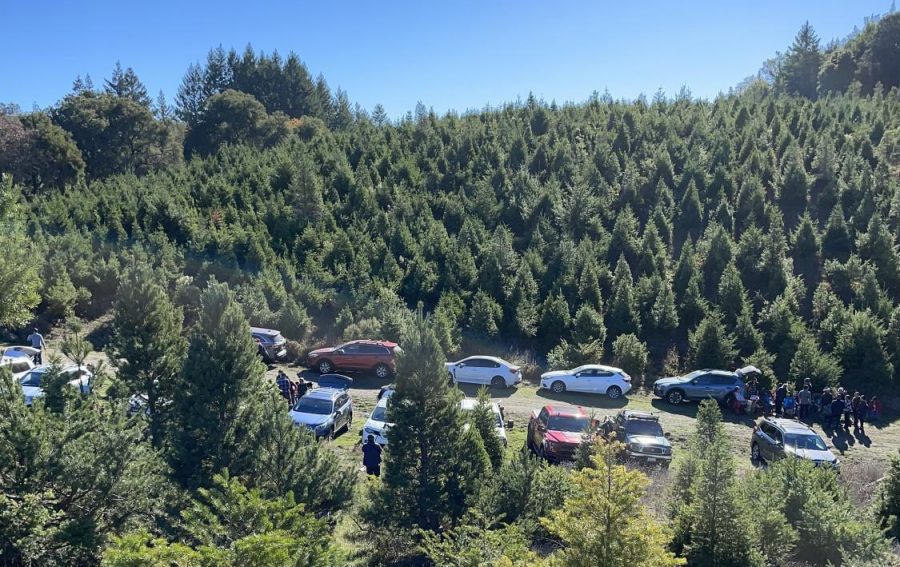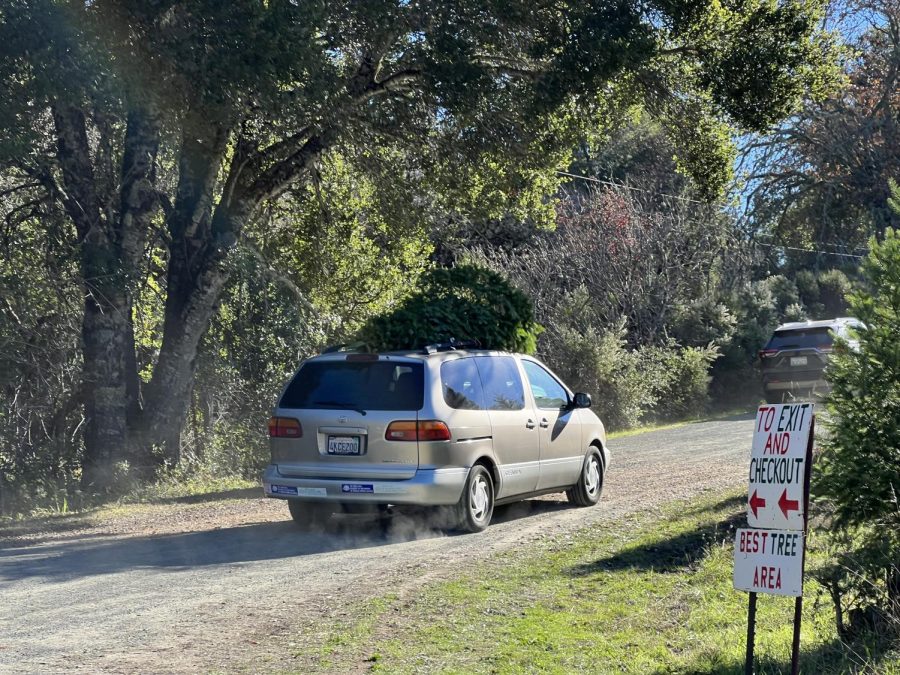ICU beds, ventilators, computer chips, diapers, sour patch kids, and boba. With the holiday season around the corner, we can add Christmas trees to the list of shortages this year.
With the culmination of the drought, increasing gas prices, worker shortage, and many other factors, the nation faces a Christmas tree shortage. The shortage can be traced back to about a decade and a half ago, during the financial crisis of 2008. With the lack of customers, tree farms had to cut down on the number of trees being grown. According to the American Farm Bureau, it takes six to eight years for Christmas trees to grow to a marketable height. This means, the past few years and still today, we face the consequences of a few years of smaller turnouts of customers.
“It’s the beginning of the season. Many farms just opened this past weekend, so it’s really surprising how little trees there are,” said Alysia Tam, a customer at Skyline Tree Farm. “My family went to many farms in Half Moon Bay to cut our own tree, but I was shocked by the lack of good, healthy trees.”
With the commercial pressure to grow within a certain time and look, the drought and excessive heat adversely affect the industry.
With the shortage, farms are having to increase the prices of their trees to continue running. With these new changes, many people are turning to artificial trees.
“Artificial trees are cheaper. People are using it as an easier option because it’s cheaper and more convenient to reuse every year,” said Audrey O’Sullivan, a junior.
People are often misled to believe that artificial trees are more sustainable because they can be reused every year.
“What could be simpler or more natural?” said Bob Scott, President of the National Christmas Tree Association. “Buying a real Christmas tree is definitely an environmentally sound choice.”
Natural Christmas trees have a smaller carbon footprint than plastic non-biodegradable artificial trees, even if they are reused every year. Many organizations and companies make it possible for Christmas trees to be easily recycled.
Natural trees not only carry a nice smell in the house but hold the capability of all plants: absorbing carbon dioxide and emitting oxygen. According to Skyline Ranch Tree Farm, one acre of Christmas trees produces the daily oxygen requirement for 18 people translating into oxygen for 18 million people every day in the U.S. Additionally, the stumps of cut trees can produce a salable tree from a seedling in fewer years through a process called stump culture.
Although many extraneous circumstances in the past year have been limiting people’s choices, especially during the holiday season, tree farmers stress the importance of keeping in mind the sustainability and consequences of our choices.













